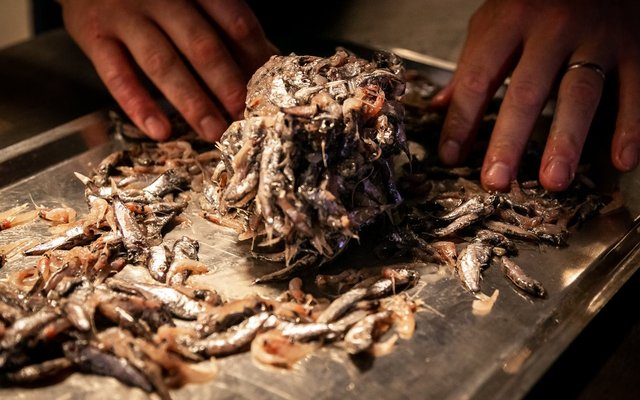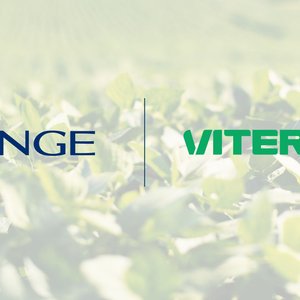Mesopelagic fish, small species of fish that live between 200 and 1,000 meters deep in the ocean, represent a potential resource to be used as aquafeed ingredients. Rich in omega-3 polyunsaturated fatty acids such as docosahexaenoic acid (DHA) and eicosapentaenoic acid (EPA), a good source of Vitamin A and B12, and also rich in calcium, selenium, iron, and iodine, it is an unexploited resource and its responsible harvest has the potential to address the United Nations Sustainable Development Goal 14, which calls for sustainable use of marine resources.
Prior to utilization, the levels of undesirable substances need to be examined, and earlier studies on mesopelagic species have reported on total arsenic (As) content. However, the total As content does not give a complete basis for risk assessment since As can occur in different chemical species with varying toxicity.
Norwegian and Danish researchers conducted an As speciation in single-species samples of the five most abundant mesopelagic organisms in Norwegian fjords. In addition, As species were studied in mesopelagic mixed biomass and the resulting oil and meal feed ingredients after lab-scale feed processing.
The non-toxic arsenobetaine (AB) was the dominant form in mesopelagic crustaceans and fish species, accounting for approximately 70% and 50% of total As, respectively. Other water-soluble species were present in minor fractions, including carcinogenic inorganic As, which, in most samples, was below the limit of quantification. The fish species had a higher proportion of As lipids, approximately 35% of total As, compared to crustaceans which contained 20% on average.
The feed processing simulation revealed generally low levels of water-soluble As species besides AB, but considerable fractions of potentially toxic As lipids were found in the biomass, and transferred to the mesopelagic meal and oil.
“This study is the first to report occurrence data of at least 12 As species in mesopelagic organisms, thereby providing valuable information for future risk assessments on the feasibility of harnessing mesopelagic biomass as feed ingredients,” researchers said.
Read the study here.













